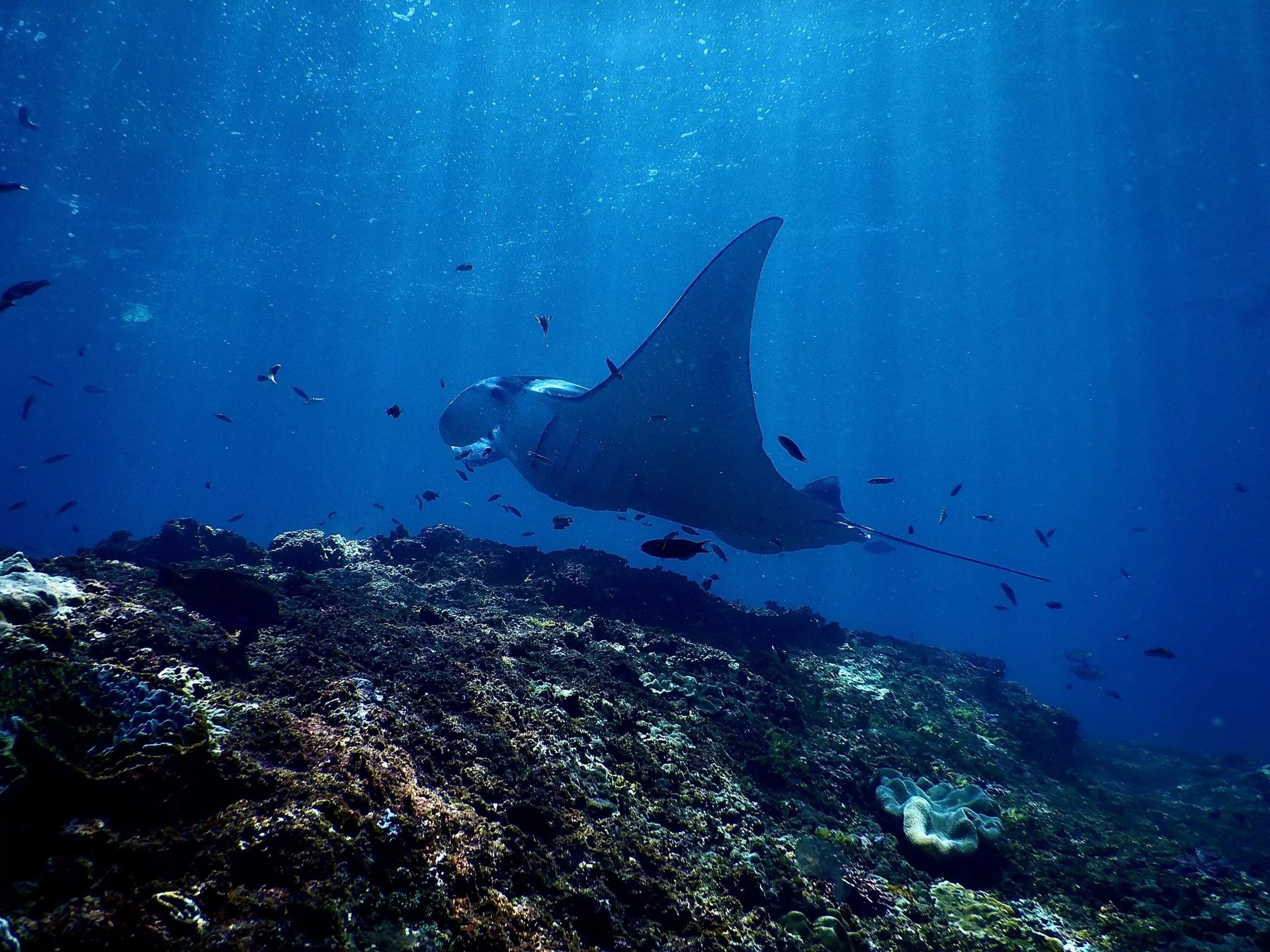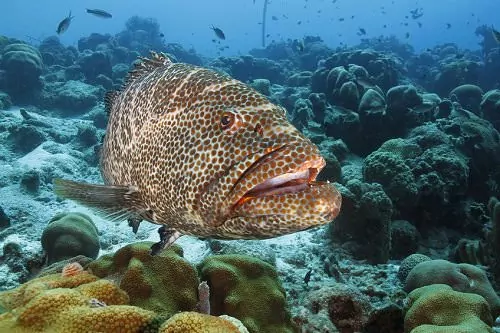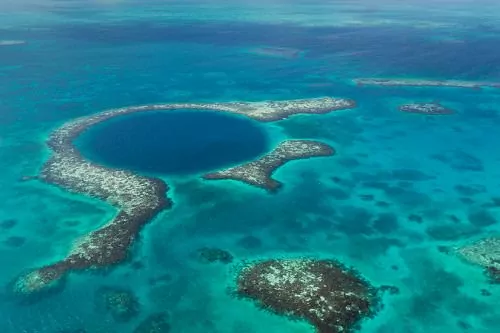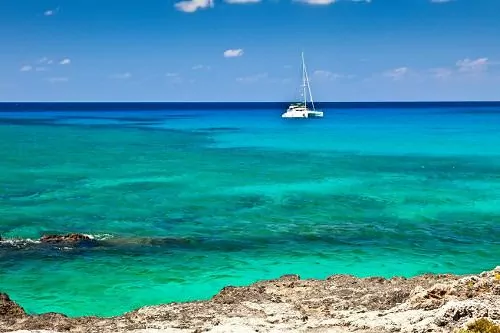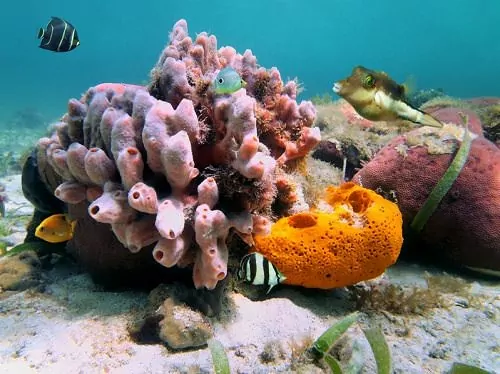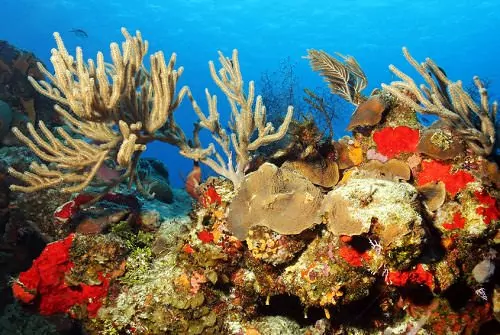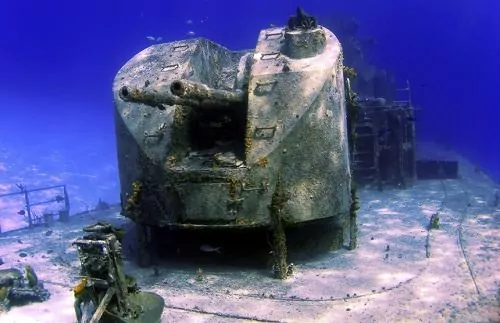3 Best Caribbean Dive Sites
It’s no coincidence that the Caribbean regularly tops the list when Scuba Diving magazine conducts its annual poll of the world’s best dive destinations. From the Bahamas in the north, just 50 miles off the Florida coast, to the Dutch ABC islands in the south near Venezuela, the Caribbean guarantees year-round water temperatures in the high seventies, outstanding visibility, and an intriguing combination of reef, wreck, wall, and cave diving. Although the health of the region’s coral reef is a concern, marine life remains abundant and facilities on each island are consistently excellent. Divers heading to the Caribbean should consider the following for their bucket list.
Bonaire
Bonaire, the unassuming, undeveloped Dutch island just off the coast of Venezuela, has been named top dive destination in the Caribbean for nine consecutive years, with no sign of relinquishing its crown in the future. The island is scuba-obsessed, prepped and ready to explore a perfectly preserved reef system that starts right off the shore. In fact, Bonaire has more than 60 dive sites around the National Marine Park, nurturing abundant marine life among the coral heads. Above the water, Bonaire is also known for its laid-back atmosphere, with the clocks most definitely set to island time.
Belize
Farther west, divers come to the tiny Central American country of Belize to dive the world’s second largest barrier reef, starting a few miles offshore and loaded in abundant fans, gorgonians and sponges. Belize also accounts for three of the northern hemisphere’s four atolls, roughly 50 miles offshore, where the coral wall plunges over 3,000 feet in places, and large pelagics and schools of tropical fish patrol the tunnels and caverns. As if reef and wall diving weren’t enough, Belize crowns the experience with the Great Blue Hole, a yawning sinkhole about 40 miles offshore which was first championed by Jacques Cousteau. Today, several dive operators visit the reef-encircled underwater cave, whose clear waters reach depths of more than 400 feet.
Read also – 8 Unusual Places to Visit This Summer
The Greater Antilles
The low-lying coral islands of the Greater Antilles, particularly the Bahamas and the Cayman Islands, betray a dramatic underwater topography where the plateau close to the shoreline drops away suddenly to ocean floor trenches thousands of feet below the surface. This is prime wall diving country. At Bloody Bay Wall on Little Cayman, a coral reef just 12 feet below the surface plunges to 6,000 feet, the wall heavy with sea fans and coral heads.
Over in St. Croix, part of the US Virgin Islands, the Cane Bay Wall runs parallel to the island for seven miles, dropping from 40 feet to over 3,000. Large sea life lurks in the underwater caverns inside the wall. Cozumel on the Mexico coast shares the same barrier reef that continues south to Belize. The Santa Rosa Wall is one of the best known dive sites in a resort already synonymous with scuba. The wall begins with an outcrop of coral heads before tunnels reveal a clear, untroubled chasm below. Schools of large fish flit and dart among the anemones a sponges, while barracuda and rays enjoy the shallows where the cavern ends.
Given its colorful maritime history, it is no surprise that the Caribbean Sea floor is punctuated with wrecks, but many of the best are vessels sunk intentionally to regenerate coral growth. The USS Kittiwake in Grand Cayman is one such dive site, sunk in shallow waters not far from the stunning Seven Mile Beach. Snorkelers can enjoy the wreck, which is just 15 feet below the surface in places, but divers can swim between the ship’s five decks and inside.
Voted #1 wreck in the Caribbean by Sport Diver, the HMS Rhone in the British Virgin Islands dated back to the 19th century and was a filming location for The Deep. Divers can still see the propeller, drive shaft and bow section, which lies at 75 feet. In Grenada, the Bianca C is one of the largest Caribbean wrecks at 600 feet long, perched on her keel in 165 feet of water. Although much of the ship is still intact, the fast encroaching coral is a magnet for large rays, barracuda and pelagics.
With most islands less than a four-hour flight from the US, the Caribbean remains the strongest candidate for the scuba diver wanting to explore world-class sites without having to venture far from home or break the bank. The beauty too is that diving conditions run the gamut from shallow reef dives to advanced drift and cavern sessions, while the resorts and activities on land are themselves reason enough to make the trip.
